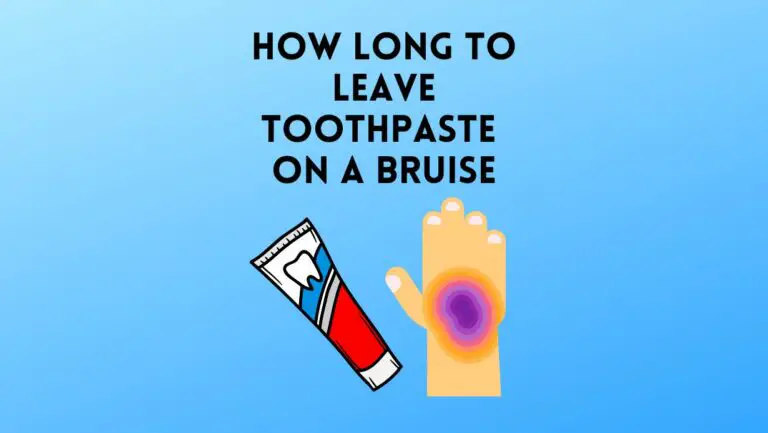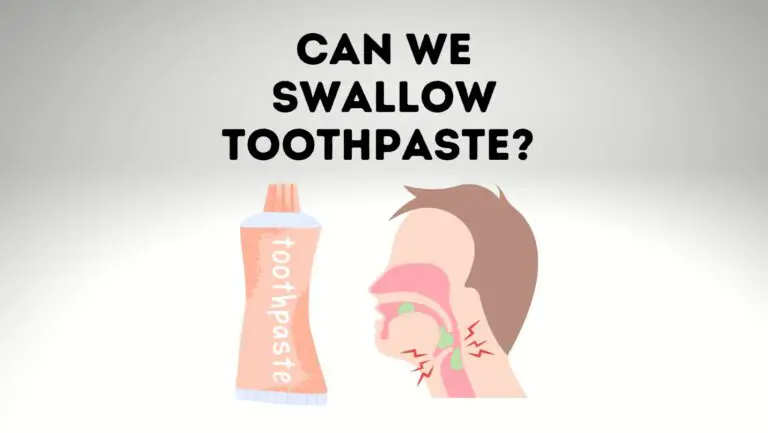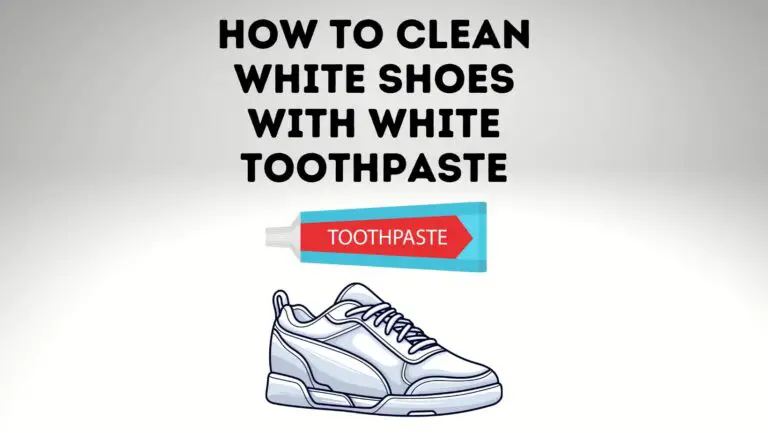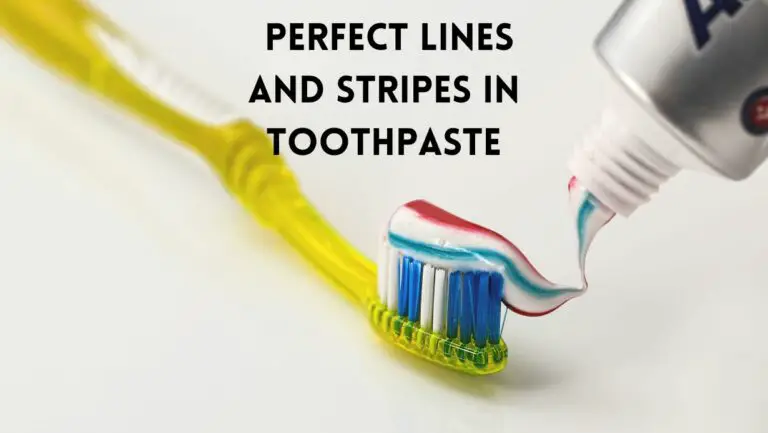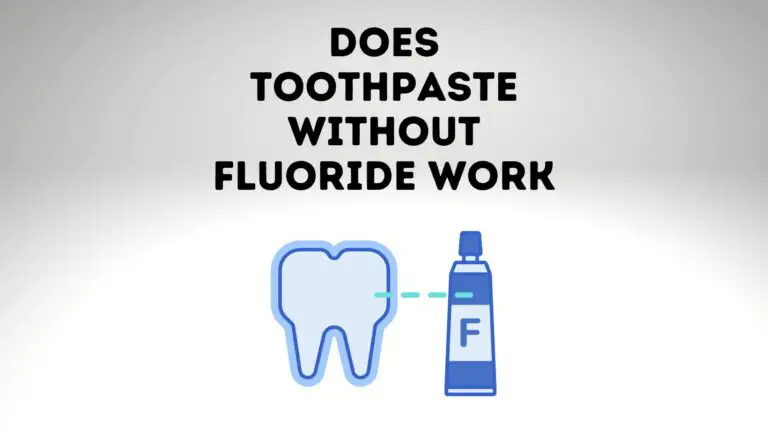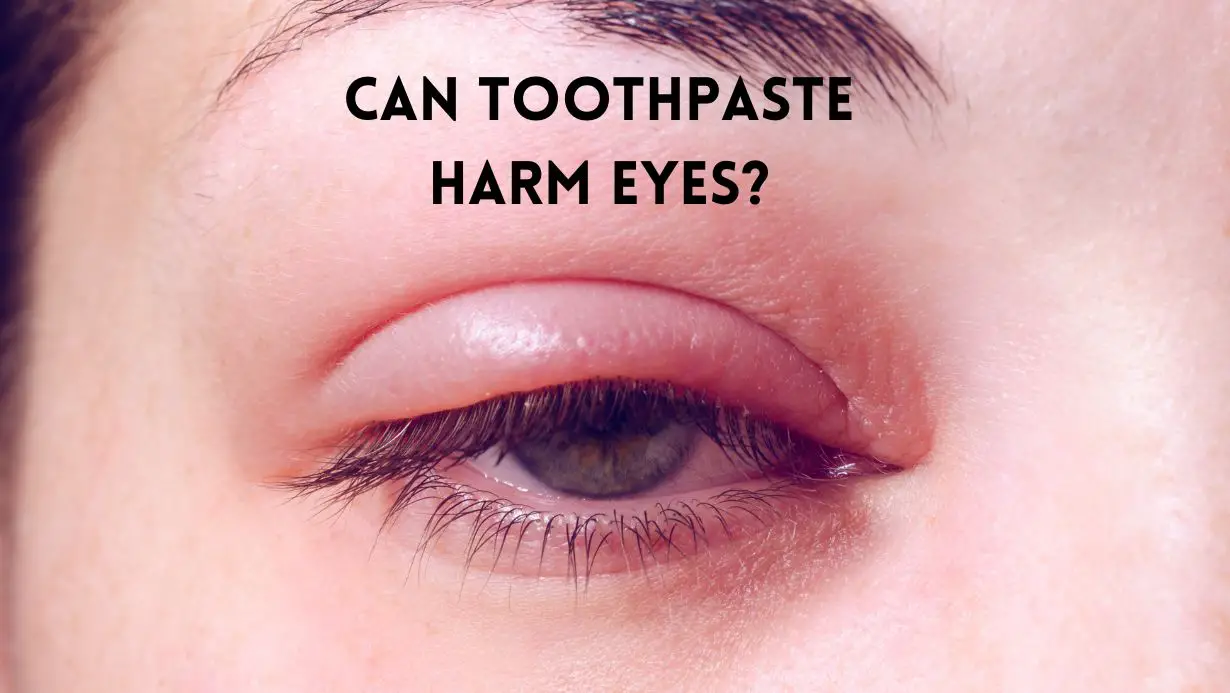
We’ve all been there before – you’re brushing your teeth and accidentally get some toothpaste in your eye. It’s a painful experience, to say the least, but it’s also one that can be easily remedied. In this blog post, we will explore what to do if you get toothpaste in your eye. From rinsing the area with water to using a cold compress, we will provide you with all the information you need to soothe the pain and get rid of the irritant as quickly as possible.
Does Toothpaste Burn Eye?
Toothpaste can burn your eye if the ingredients come into direct contact with your eye. The main ingredient in toothpaste that can cause this is fluoride. When fluoride comes into contact with your eye, it can cause redness, pain, and irritation. If you get toothpaste in your eye, rinse it out immediately with water. You should also see a doctor if you have any persistent symptoms or if you think you may have damaged your eye.
Can Toothpaste Cause Eye Irritation?
Toothpaste can cause eye irritation for a number of reasons. The ingredients in toothpaste, such as fluoride, can be irritating to the eyes. In addition, the abrasive nature of toothpaste can scratch the surface of the eye, leading to irritation.
If you get toothpaste in your eye, it is important to flush the eye out immediately with water. You should also seek medical attention if the irritation persists.
Can Toothpaste Hurt or Harm Eyes?
Yes, toothpaste can hurt your eye. However, it is not likely to cause any serious harm. The biggest risk is that you will irritate your eye, which could lead to temporary discomfort or pain.
If you get toothpaste in your eye, the first thing you should do is rinse your eye out with water. You can do this by using a cup or glass of water, or by running water over your eye for a few minutes. This will help to remove any toothpaste that is still in your eye and will also help to flush out any irritants that may have been caused by the toothpaste.
Once you have rinsed your eye out, you should then see an optometrist or ophthalmologist. They will be able to assess your eye and determine if there is any damage that has been done. In most cases, they will simply give you some eyedrops to help with the irritation and pain. However, if there is more serious damage, they may recommend that you have surgery to repair the damage.
How Do You Treat Toothpaste In The Eye?
If you accidentally get toothpaste in your eye, don’t panic! This is a common occurrence and is usually not serious. Here’s what you should do:
1. Rinse your eye out with clean water.
2. Apply a cold compress to your eye for a few minutes.
3. If the irritation persists, see your doctor or an ophthalmologist for further treatment.
What To Do If You Get Toothpaste In Your Eye
If you get toothpaste in your eye, rinse it out with water for several minutes. If the irritation persists, seek medical attention.
If you’ve ever gotten toothpaste in your eye, you know how painful it can be. The good news is that there are a few things you can do to ease the pain and get rid of the toothpaste.
First, try rinsing your eye out with water. If that doesn’t work, try using a saline solution or artificial tears. You can also put a cold compress on your eye to help reduce the swelling.
If the pain persists, you may need to see a doctor. They can prescribe medication to help relieve the pain and swelling. In severe cases, they may also need to remove the toothpaste from your eye.
How To Avoid Getting Toothpaste In Your Eye
There’s nothing quite like the sensation of toothpaste burning in your eye. If you’ve ever experienced this unfortunate event, you know just how painful it can be. Thankfully, there are a few things you can do to avoid getting toothpaste in your eye in the first place.
To start, be sure to use a pea-sized amount of toothpaste on your toothbrush. Any more than that and you run the risk of getting the toothpaste on your gums and eventually into your eye. Also, take care to aim your toothbrush away from your face as you brush. This will help keep the toothpaste from flying into your eye if you accidentally brush too hard.
Finally, rinse your mouth (and eyes) thoroughly with water after brushing. This will help remove any lingering toothpaste that could potentially get into your eye later on. By following these simple tips, you can avoid the pain and irritation of getting toothpaste in your eye.
The Different Types Of Toothpaste And Their Eye-safety Ratings
There are a few different types of toothpaste, and their eye-safety ratings vary. Here’s a look at the different types of toothpaste and their ratings:
Fluoride toothpaste is the most common type of toothpaste. It’s also the least likely to cause irritation if it gets in your eye. However, if you have sensitive eyes, you may want to avoid fluoride toothpaste.
Non-fluoride toothpaste is another option. This type of toothpaste is less likely to cause irritation, but it may not be as effective at preventing cavities.
Whitening toothpaste can also be an option. However, whitening agents can sometimes cause irritation, so be sure to read the label carefully before using this type of toothpaste.
Natural or herbal toothpastes are another option. These types of toothpastes are generally safe for use around the eyes, but they may not be as effective at preventing cavities.
Toothpaste that contains triclosan is an antibacterial agent that can help prevent gum disease. However, this type of toothpaste can sometimes cause irritation, so be sure to read the label carefully before using it.
Now that you know more about the different types of toothpaste and their eye-safety ratings, you can make a more informed decision about which type of toothpaste is right for you.
Conclusion
If you find yourself with toothpaste in your eye, don’t panic! There are a few simple steps you can take to remove the toothpaste and relieve any discomfort. First, rinse your eye out with clean water for several minutes. If the pain persists, try using a sterile saline solution or artificial tears to flush out the remaining toothpaste. And finally, if you still have pain or irritation, consult your doctor or ophthalmologist for further treatment.
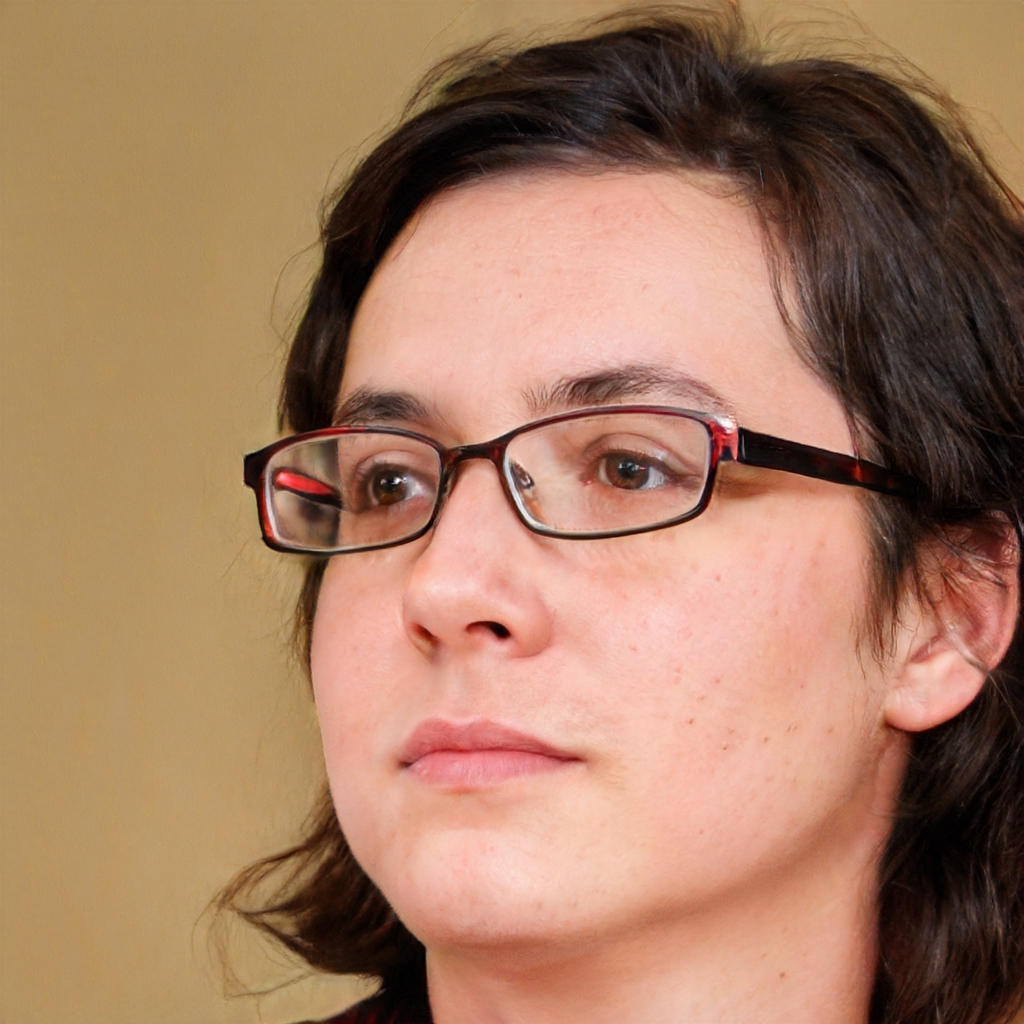
Hi, This is Lyn, I suffer from dental sensitivity for a very long time. PowerToothpaste.com is where I share my views of various toothpaste brands, along with tips on how to use toothpaste and what to look for when purchasing.

![How Do Toothpaste Prevent Tooth Decay [Tooth Decay Reversal]](https://powertoothpaste.com/wp-content/uploads/2023/01/How-Do-Toothpaste-Prevent-Tooth-Decay-768x433.jpg)
